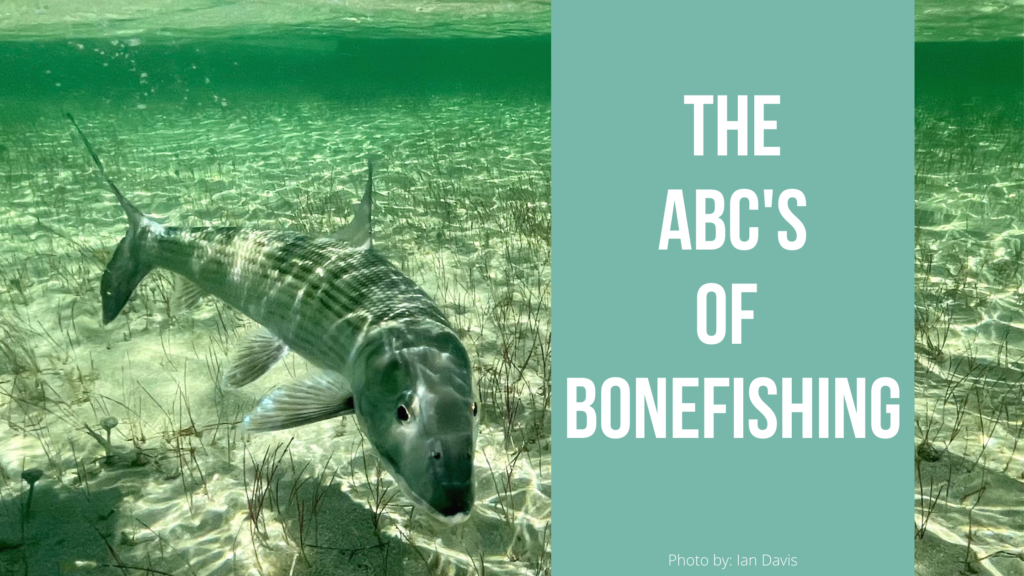There are several things that you’re guaranteed to hear about bonefish no matter where they’re found. These fish are notorious for being stealthy, easy-to-spook, and difficult to spot. Apart from the ones you land with a little beginner’s luck, catching a bonefish requires patience, skill, and the right gear for your intended setting. However, another very important part of planning any bonefishing trip is learning all that you can about bones’ behavior, their looks, and the laws and regulations that pertain to them.
Appearance
There are currently nine known species of bonefish throughout the world. These fish can be found at depths as great 100 meters, but they’re generally spied in shallow waters as the look for food. Certain species of bones are silver black and others have a distinctive olive green hue. In most locations, their color allows them to blend seamlessly into their surroundings, especially when the water has a glare. Albula vulpes is the species of bone that you’ll encounter when fishing in warm, tropical waters. These fish typically weigh between six and 12 pounds. However, record-breaking catches include bonefish found in waters near Africa and Hawaii weighing as much as 20 pounds.
Behavior
Bonefish live in inshore waters but move in schools onto shallow sand flats or mud flats with the rising of the tide. In fact, bonefish behavior is very much dictated by the tides. Regardless of where you find them, bones typically have set patterns that closely mimic the rise and fall of the tide.
You may find both juveniles and adults shoaling together. However, you can also spy mature bonefish searching for food alone or in pairs. Younger fish often travel in schools that number in the hundreds.
Conservation Status
Bonefish are listed as a near-threatened species by the International Union for Conservation of Nature (IUCN). As such, nearly all bonefishing throughout the world is done on a catch-and-release basis. In some areas, cultures that historically consume bonefish are allowed to retain their catches. However, most anglers come well-prepared for returning bones safely back to their environment just shortly after they’ve reeled them in.
Diet and Habits
Bonefish largely subsist on a diet of mollusks, crustaceans, and benthic worms. Bones often dig for food items that are burrowed. As a result, they may leave visible mud plumes or mud trails in their wake. Thus, if you can’t spot the silvery flash of a camouflaged bone, you might be able to spy their activity.
Economic Impact
Bonefishing is currently one of the most popular forms of sport fishing in all the world. Where bonefish are, tourism thrives. Thus, most locations have stern laws for preventing over-fishing and for ensuring that catch-and-release tactics are used.








